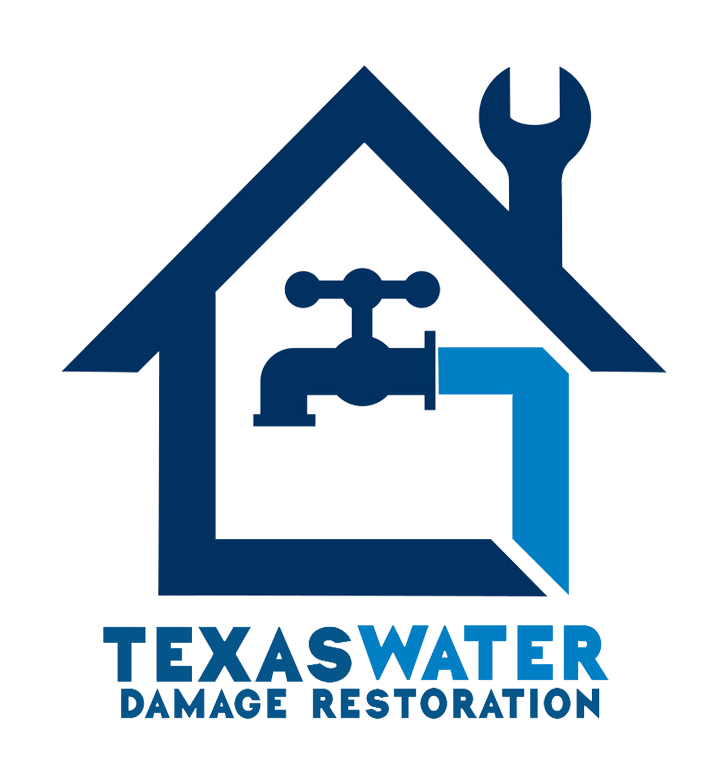Mold Removal
A REAL RESPONSE TO WATER, FIRE & MOLD DAMAGE
Request Service Now
Request A Free Evaluation Now or Call (833) 365-6154.
We’re ready to respond.
OUR SERVICES
TEXAS WATER DAMAGE RESTORATION
Emergency Water Damage Restoration
Fire Damage Repair
Mold Removal
Flood Damage
Plumbing Overflow
Burst And Frozen Pipe Repair
Smoke Damage Removal
Commercial Cleaning And Restoration

24 Hour Emergency Damage Services In Texas
CALL THE TEXAS WATER DAMAGE RESTORATION PROS
Request Service Now
Frequently Asked Questions
Mold exposure has been linked to a number of health risks, making it important for individuals to recognize the potential dangers and take appropriate measures. From respiratory complications to neurological issues, understanding the associated hazards is key in mitigating risk.
Recent research suggests that even short-term inhalation of mold spores can cause coughing, wheezing and other allergic reactions. Long-term exposure may trigger more serious respiratory conditions such as asthma or bronchitis. Additionally, studies show that some molds produce compounds called mycotoxins which can be toxic when inhaled over an extended period of time. Mycotoxin poisoning can lead to headaches, fatigue, nausea, difficulty concentrating and memory loss.
Moreover, certain types of moulds have been known to cause fungal infections on skin or within the body’s organs. This type of infection is especially dangerous among those with weakened immune systems due to age or pre-existing medical conditions such as cancer or HIV/AIDS. It is therefore essential for people who are at high risk of developing any kind of illness from mold exposure seek professional help immediately if they suspect their environment contains mold growth.
In summary, while the effects vary depending on individual factors like existing health concerns and length of exposure, anyone could potentially suffer adverse health consequences from prolonged contact with mold spores. Therefore it is prudent for individuals to take precautionary steps against possible contamination in order to protect themselves and their families from harm.
Mold exposure has been linked to a number of health risks, making it important for individuals to recognize the potential dangers and take appropriate measures. From respiratory complications to neurological issues, understanding the associated hazards is key in mitigating risk.
Recent research suggests that even short-term inhalation of mold spores can cause coughing, wheezing and other allergic reactions. Long-term exposure may trigger more serious respiratory conditions such as asthma or bronchitis. Additionally, studies show that some molds produce compounds called mycotoxins which can be toxic when inhaled over an extended period of time. Mycotoxin poisoning can lead to headaches, fatigue, nausea, difficulty concentrating and memory loss.
Moreover, certain types of moulds have been known to cause fungal infections on skin or within the body’s organs. This type of infection is especially dangerous among those with weakened immune systems due to age or pre-existing medical conditions such as cancer or HIV/AIDS. It is therefore essential for people who are at high risk of developing any kind of illness from mold exposure seek professional help immediately if they suspect their environment contains mold growth.
In summary, while the effects vary depending on individual factors like existing health concerns and length of exposure, anyone could potentially suffer adverse health consequences from prolonged contact with mold spores. Therefore it is prudent for individuals to take precautionary steps against possible contamination in order to protect themselves and their families from harm.
Mold infestations can be a serious problem for homeowners and should not be taken lightly. Determining whether or not you have one in your home is an important first step to resolving the issue. In order to ascertain if mold has created an unwelcome presence, there are several clues that may point towards its existence.
One of the most effective ways to identify if mold is present is by recognizing tell-tale signs such as musty odors, discoloration on walls or ceilings, or water damage around windowsills – all of which could indicate mold growth. Additionally, it’s possible that visible spores may also appear near areas prone to dampness or moisture such as bathrooms, basements and kitchens. To further investigate these potential warning signs, some experts suggest performing a thorough inspection of both exposed and hidden surfaces throughout your house.
In addition to visual cues, another method used to detect mold involves taking air samples with specialized equipment; this approach typically yields precise results about what type of species are living in your environment. While this technique does require trained personnel and costly instruments, more comprehensive knowledge about specific levels can provide greater insight into how far the contamination has spread within your home and guide remediation efforts accordingly.
Taking proactive steps to ensure no unpleasant surprises exist is key when determining the safety of any indoor space; understanding what needs to be done beforehand will help you make informed decisions regarding dealing with a potential mold infestation swiftly and effectively.
Mold infestations can cause serious health concerns and property damage, making it important to take action when such an issue is suspected. A professional mold remediation expert may be necessary in order to completely eliminate the problem; however, this does not necessarily need to be the case for all infestations.
To assess whether a mold infestation requires professional attention or can safely be managed on one’s own, certain signs should be taken into consideration. These include visible growth which covers more than ten square feet of space, musty odors that indicate a deeper-seated presence of fungi, and any evidence of water damage from flooding or plumbing/roofing issues. If any of these conditions are present, then professional assistance is recommended.
On the other hand, if there is only minor surface growth – less than 10 square feet — and no detectable odor or water damage present, then DIY methods using non-toxic cleaning solutions may suffice. Additionally, regular maintenance such as proper ventilation and dehumidifying will help reduce the risk of future problems arising with respect to mold formation. In sum, determining whether professional intervention is needed depends on the extent of the infestation itself.
Mold infestations can be likened to a ticking time bomb – once present, they have the potential to cause major damage if not identified and addressed in a timely manner. Given this reality, it is essential for homeowners to inspect their properties regularly for signs of mold growth. Unfortunately, many people are unaware of when or how often these inspections should take place.
The frequency of home inspections for mold depends on several factors, such as environmental conditions, age of the property, and any past water-related issues. In some cases, monthly inspections may be necessary; however, more frequently affected homes might require biweekly checks. Additionally, it is important to pay extra attention after periods of heavy rainfall or other moisture related events that could lead to the development of mold colonies.
Inspections should involve looking both inside and outside the building envelope for visible signs of active mold growth (discolored spots or streaks) as well as musty odors which can indicate hidden colonies beneath surfaces like carpets or wallpaper. If indications of an infestation are found during inspection, professional remediation services should be contacted immediately in order to remove existing colonies and avoid future health risks associated with exposure.
Mold exposure can have long-term effects on the human body. These effects depend on the length and severity of exposure, as well as individual factors such as age or pre-existing health conditions. Some common symptoms of mold exposure include respiratory problems, including asthma attacks and coughing, inflammation in the nose and throat, skin irritation and rashes, neurological issues such as memory loss or depression, allergies to other substances found in the environment due to weakened immunity from mold exposure.
It is important for individuals who are exposed to molds for extended periods of time to receive medical attention. A doctor will be able to assess any potential risks associated with mold exposure and provide necessary treatment options that could help reduce their risk of developing more serious complications later down the line. Additionally, diagnostic tests may be recommended in order to determine if there has been any damage done by the mold exposure.
Regular monitoring for signs of a possible infestation should also take place regardless of whether an individual has experienced any symptoms related to mold exposure. This includes visually inspecting walls or ceilings for discoloration, musty odors in certain areas of the home, and testing air quality levels regularly throughout the house. Taking these steps can help ensure that any potential hazards caused by mold growth are identified early on before they become a major problem.
Conclusion
Mold infestation can be a daunting experience, but it is important to recognize the health risks associated with exposure and take action as soon as possible. It is also critical to understand that not all mold infestations require professional remediation – some can be taken care of on your own through frequent visual inspections and targeted cleaning. However, for large or persistent growths, seeking out specialists in mold removal may be necessary to stop its spread and prevent long-term damage from occurring.
By taking proactive steps towards preventing and addressing any potential issues related to mold exposure, homeowners can rest assured knowing they have done their best to protect themselves and their families from potential harm. Taking advantage of preventive measures such as regular inspections, proper ventilation, dehumidification control and sealing off areas prone to excess moisture will enable individuals to stay ahead of the problem before it gets worse.
Ultimately, it is essential for all property owners to be aware of the risks associated with mold exposure and make sure they are taking appropriate actions on an ongoing basis in order to keep their homes safe and healthy environments. By following these simple steps one can ensure a clean and safe home environment free from hazardous conditions caused by mold contamination.
